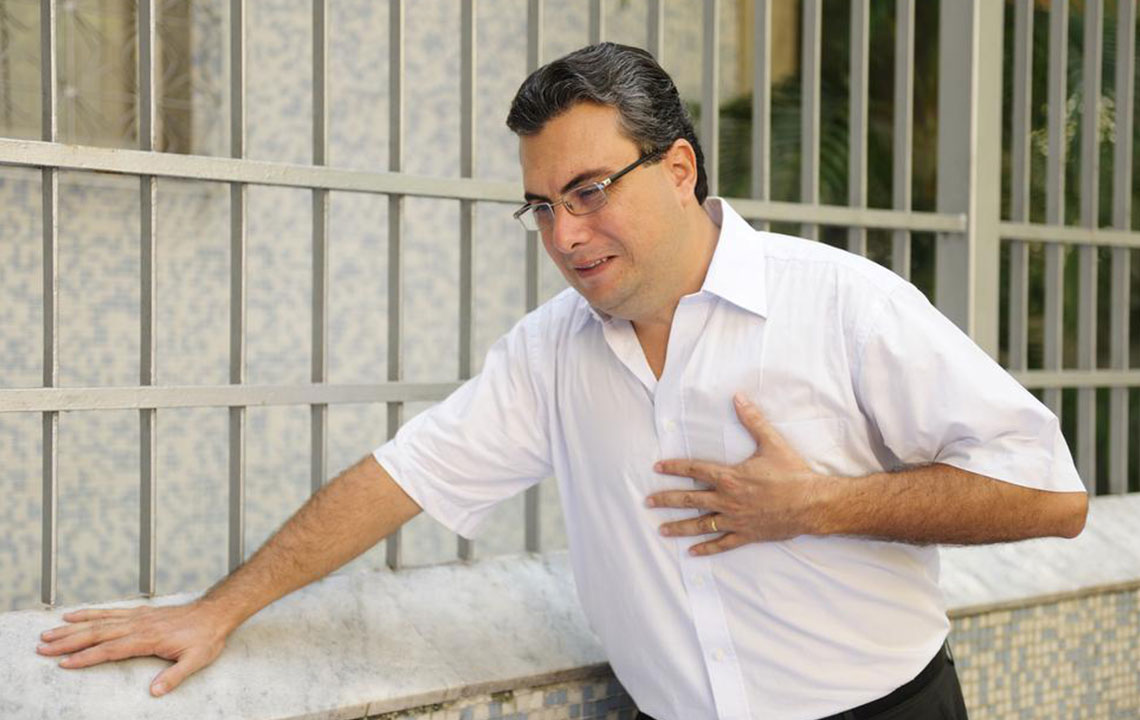Comprehensive Guide to Recognizing and Preventing Heart Attacks for Better Cardiac Health
This comprehensive article offers essential insights into recognizing and preventing heart attacks. It discusses the causes, symptoms, diagnosis, treatment options, and preventive strategies to enhance cardiovascular health. Perfect for individuals seeking to understand how to protect themselves against heart disease and respond effectively to emergencies, emphasizing lifestyle changes and medical advancements.

Comprehensive Guide to Recognizing and Preventing Heart Attacks for Better Cardiac Health
Heart attacks, medically known as Myocardial Infarctions, remain one of the leading causes of death worldwide. Occurring approximately every 40 seconds in many countries, heart attacks represent a critical health emergency that requires immediate attention. Understanding the underlying causes, recognizing symptoms early, and adopting preventive measures are vital steps toward safeguarding cardiovascular health. This detailed guide delves into the causes of heart attacks, risk factors, early symptoms, diagnostic procedures, and advanced treatment options, providing essential knowledge for individuals aiming to reduce their risk and respond effectively in emergency situations.
At the core of a heart attack is the interruption of blood flow to the heart muscle, typically caused by blockages in the coronary arteries. These arteries are responsible for delivering oxygen-rich blood to sustain cardiac function. When these arteries become narrowed or obstructed due to plaque buildup—a process known as atherosclerosis—the oxygen supply diminishes. If blood flow is completely halted, the affected section of heart tissue begins to die, leading to a heart attack.
The risk of experiencing a heart attack increases with age, especially for men over 45 and women over 55. However, other factors significantly contribute to the risk, including lifestyle choices, genetic predisposition, and underlying health conditions. Excessive cholesterol levels, high blood pressure, diabetes, obesity, smoking, physical inactivity, and poor diet all play roles in accelerating the development of atherosclerosis. Additionally, substance abuse, particularly with stimulants like cocaine or methamphetamines, can dramatically increase the immediate risk by triggering vasospasms—sudden constrictions of the coronary arteries.
Understanding the early warning signs of a heart attack is crucial for prompt action. Common symptoms include persistent chest pain or discomfort, often described as pressure, squeezing, or fullness. Accompanying symptoms might involve nausea, intense sweating, shortness of breath, irregular heartbeat, dizziness, and a feeling of restlessness or anxiety. Notably, some individuals, particularly women, may experience atypical symptoms such as jaw pain, back pain, or fatigue. Recognizing these signs swiftly can make the difference between life and death.
Diagnostics play a vital role in confirming a heart attack diagnosis. Emergency medical responders typically perform an Electrocardiogram (ECG) to identify abnormal heart rhythms or damage. Blood tests detecting cardiac enzymes such as troponin are essential in assessing the extent of heart muscle injury. Additional imaging, including chest X-rays and echocardiograms, may be utilized to evaluate overall cardiac health and detect complications.
Once diagnosed, treatment strategies focus on restoring blood flow to minimize heart muscle damage. Emergency procedures may include angioplasty—a minimally invasive technique using a balloon to open blocked arteries—or deploying stents to keep arteries open. In more severe cases, coronary artery bypass grafting (CABG) surgery might be necessary. Medications such as antiplatelets, thrombolytics, beta-blockers, ACE inhibitors, and statins are also standard components of post-attack care. These interventions work collectively to improve blood flow, reduce clot formation, and prevent future cardiac events.
Preventing heart attacks centers on lifestyle modification and medical management. Adopting a heart-healthy diet rich in fruits, vegetables, whole grains, lean proteins, and healthy fats significantly reduces cholesterol levels and arterial plaque. Regular physical activity—aiming for at least 150 minutes of moderate exercise weekly—enhances cardiovascular fitness. Managing stress, quitting smoking, limiting alcohol intake, and maintaining a healthy weight are equally important. For individuals with high blood pressure, high cholesterol, or diabetes, adhering to prescribed medications is essential in controlling risk factors.
Advancements in medical research and technology continue to improve diagnostic and treatment modalities for heart attack patients. Innovations such as drug-eluting stents, minimally invasive surgical techniques, and personalized medicine approaches enable better outcomes and faster recoveries. Furthermore, public health initiatives promoting awareness and screening programs are vital in early detection and risk reduction, ultimately saving lives and reducing the burden of cardiovascular diseases globally.
In conclusion, understanding how to recognize the symptoms of a heart attack, knowing the risk factors, and implementing preventive strategies can dramatically influence individual health outcomes. Immediate response during an event—with swift access to emergency care—can prevent irreversible heart damage and improve survival rates. Maintaining a healthy lifestyle and regular medical check-ups remain the cornerstone of cardiovascular health, underscoring the importance of proactive heart care in today’s society.





